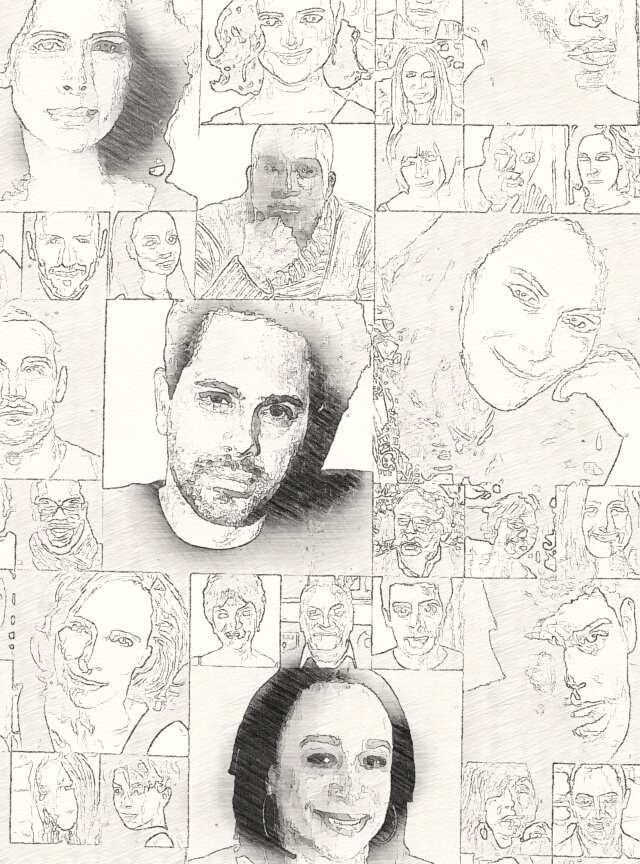There is a lot of talk about changing habits, and creating new ones. Essentially, the skill I want to teach, which is paying attention at will, is all about creating a new habit.
So it makes sense to say something in general about how we behave, if we find we have to do something new. I looked at the work of the behavioural insights team, which started as a government department, and was hived off from Central Office to stand on its own two feet.
Its seminal piece of work was the discovery of what people see as pre-requisites, if you want them to do something new.

You will sail off into successful change, if you ask yourself to do something which are these four things – easy, attractive, social and timely – EAST for short.
How do you set up a new thing to do?
Your trigger has to be easy to do, first of all. So it is best kept ‘handy’ in terms of how easy it is to execute. Keeping a pen next to your pad for taking down numbers, keeping the running shoes on the top shelf of your shoe rack – if you are taking up exercising, are key bits of help. This means that you won’t start thinking ‘oh it’s another two new things to do’ – hunt for the shoes, put them on, and then do the running before the tea-making.
If any aspect of it looks unpleasant, it is harder to face, so make it attractive – the lady who has a pretty pill box to use for her daily blood pressure tablet is not being frivolous. My friend who now jogs to the end of the garden and back four times (just starting on her couch to 5k routine) puts her running shoes on top.
Then we need to tie it to a time – and tell yourself of the timeliness of this new action – how it will help you do this or that. (Yes, that is really a serious suggestion – talk to yourself – repeat to yourself the desired outcome – I don’t want my [name of illness] to get in the way of my day to day life. My friend Blanca said ‘reframe your statement’ in her course – see this post for more context.)
A daily reminder in the form of a yellow sticker worked for me – a colleague has a daily notification on her phone as a silly gif – he downloaded it, so that when he is reminded of something he has to do every day, it doesn’t feel like his overbearing parent

And if you can find some like-minded people who are also struggling like you, then you have found your tribe – then it is something you do as a ‘social’ action, together. It is so helpful if you have found your tribe.
Here is the research on EAST .
Habits need to fall in with other things you do.
So, to embed the habit of doing a minutes ‘paying attention’ every day, for example, make sure you add it to the getting up routine. This happens anyway – and this one extra thing has to be placed optimally, so it becomes easy to make it a part of the routine.
If you want to create a new habit, then ‘good’ would be when you automatically do that desired action – in the study about creating things which we regard as habits, this is what the study said:
“Most participants spontaneously reported characteristics of habit: Automaticity, the importance of repetition and ‘‘feeling strange’’ for not doing the behaviour”[1] (Verplanken & Orbell, 2003).
I think that is where everyone else wants to get to as well. They want to do some different things, and ‘automatically’.
I do my one minute of ‘paying attention’ practice, just after I clean my teeth in the morning. Another friend does it while she is tying her shoes to go for her morning walk – making a link to another automatic action embeds the new habit more easily.
How do you make changes?
Your comments would be so welcome – and might be used (with acknowledgement) in my briefings and classrooms.
[1] Verplanken, B., & Orbell, S. (2003). Reflections on past behavior: A self-report index of habit strength. Journal of Applied Social Psychology,33, 1313–1330
